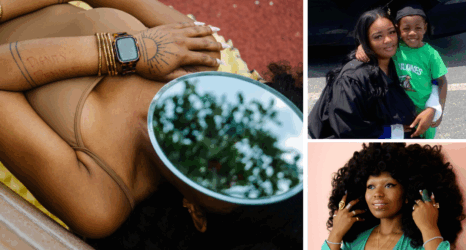The exhibition curated by photographers Scheherazade Tillet and Zoraida Lopez-Diago highlights the history of Black women photographers while also re-imagining this world for Black girls.

Never before have Black girls been so visible—the thought kept occuring to me as I explored the wonder that is “Picturing Black Girlhood: Moments of Possibility,” to date the largest exhibition on Black girls in the world. The expansive showcase of emerging and established photographers and filmmakers takes us on a journey into Black girls’ interior lives that simultaneously imagines a more capacious worlds for them.
The exhibition launched last week as part of the Black Portraitures VII: Play and Performance conference. Bursting with possibility, the universe curated by the visionary photographers Scheherazade Tillet and Zoraida Lopez-Diago is an elaborate praise song to Black girlhood that also highlights the history of Black women photographers.
Black girls are everywhere in this impressive space of 50,000 square feet. Taking up all three floors of the vast Express Newark at Rutgers University, the international exhibition features 85 Black women, girls and genderqueer artists ranging from the ages of eight to 94. The 177 images that comprise “Picturing Black Girlhood” display girls who play, protest and participate in parades. Here Black girls see and are seen. They rest and rejoice. They are cherished, protected and loved.
“We wanted the show itself to achieve what we want for Black girls,” Tillet told me.
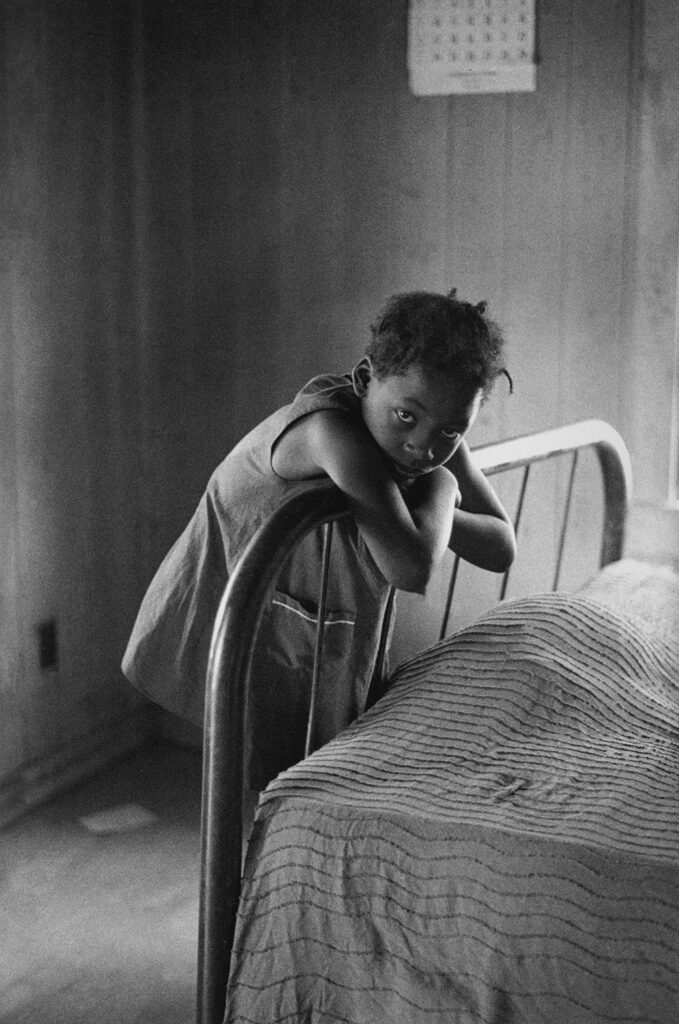
The all-encompassing show is not only an exhibition, but it is also and experience. A boundless love of Black girls that envelops you in a warm embrace, “Picturing Black Girlhood” includes Black girls across multiple decades, generations and contexts. From start to finish the exhibition portrays and extends the contours of what it means to be a Black girl.
The first image “Me, Myself, and I” by Shanice Williams presents a Jamaican girl (Williams) at the center of her own gaze as she looks in the mirror. The next photo, Scheherazade Tillet’s Black Girls, Good Friday Morning, inspired by a 1941 photograph by Russell Lee capturing a moment during the great migration, sets the tone for what is to come. In Tillet’s reimagining of it we focus on five teenagers, each with their own style and flair. The sense of sisterhood and community they evoke together is palpable.
On the first floor we are struck by the scope and the scale of it all—the enormous enlarged portrait from the Atlanta studio CreativeSoul Photography featuring a girl dressed in Victorian clothing who sets an imposing figure that looms over the entire space. She seems watches us watch her, and others like her.
We are struck by the scope and the scale of it all. The immensity of the exhibition is a determination to take up space that dares to be excessive.
The immensity of the exhibition is a determination to take up space that dares to be excessive. Through the meticulous arrangement of Scheherazade Tillet and Zoraida Lopez-Diago who curated each other’s photographs in this partnership, the sheer breadth becomes a resplendent celebration. Refusing to contain the bigness of Black girlhood—defying anyone who ever called a Black girl “too much”—the curators allow the entire space to be overcome by Black girls’ images, stories, songs, bodies, movements, hairstyles, faces and flesh. And to revel in this beauty.
Each photograph invites us to inhabit the multiple dimensions of Black girlhood. There is no one way to be a Black girl, they contain multitudes.
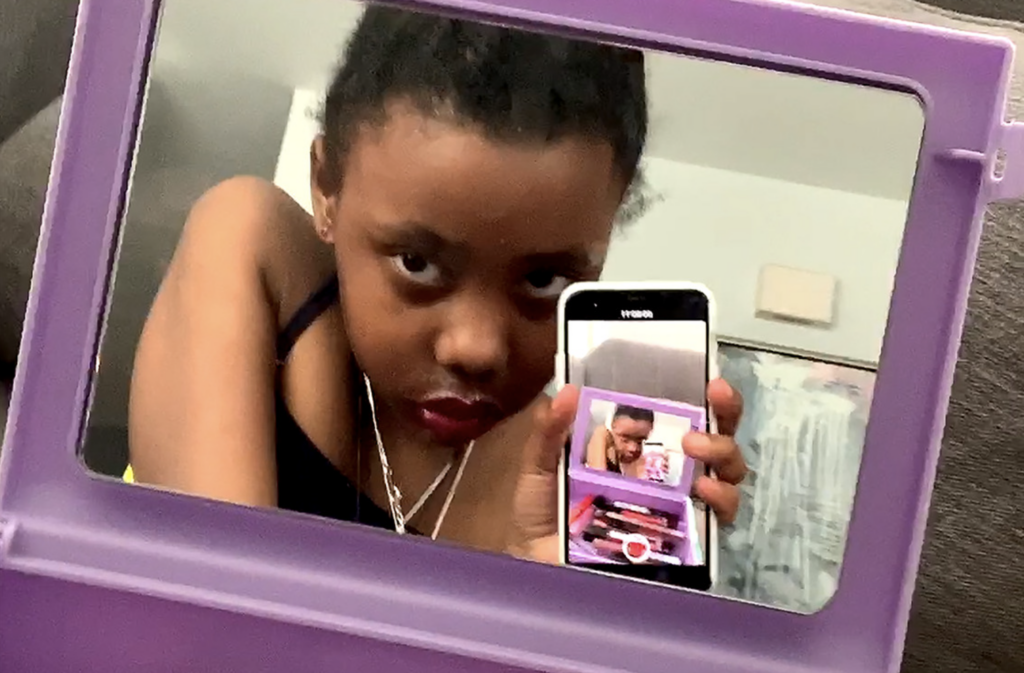
Samantha Box’s Performance, The HMI Awards Ball, gives us all the lavishness of ball culture in the context of a community of LGBTQ+ youth she photographed at Sylvia’s Place, which at the time was the only emergency shelter for LGBTQ+ youth in New York City. The dancers captured in motion bend and percolate with an electric energy caught by Box’s lens showing us that they belong to a community that is “rooted in love, acceptance, and ecstatic joy.”
The radical possibilities of joy is a theme that recurs in “Picturing Black Girlhood.” Nydia Blas’s photo titled Group #2 From the Series “The Girls Who Spun Gold,” is blown to gigantic proportions and placed in its own room. The open doors and bright lights invite us to step into that utopia where the grass is bright green and two vibrantly colored beach chairs (purchased from a local Black owned business) encourage us to stay a while. The girls in the photograph are sitting on concrete but next to a grassy field dotted with flowers—one braids the hair of another, one holds a flower from the field, one gazes joyfully at a baby. Over and over again, “Picturing Black Girlhood” tells us that joy is possible, effectively serving as a counterpoint to the pain and suffering that too often characterizes images of the Black experience.
A Black feminist framework informs “Picturing Black Girlhood”: it is non-hierarchical, invested in interiority, richly collaborative and steadfastly dissolves the binaries between theory and praxis. The exhibition boldly dismantles hierarchies that characterize the art world.
Over and over again, “Picturing Black Girlhood” tells us that joy is possible, effectively serving as a counterpoint to the pain and suffering that too often characterizes images of the Black experience.
As Lopez-Diago stated on a panel prior to the opening: “We are always very careful to never refer to the people in our photographs as ‘subjects.” Here there is not photographer and subject, only partners or collaborators. There is no “high” or “low” art, photographs, videos and even a twerk mirror exist on the same plane. There is no expert or amateur as eight-year-old Seneca Steplight-Tillet’s enchanting selfie video is set among photographs from Carrie Mae Weems iconic Kitchen Table series. The curators unabashedly disrupt the traditions and conventions of their genre. Clearly not only interested in but also committed to Black girlhood, they show us that the work of photography can be collaborative, communal and sacred.
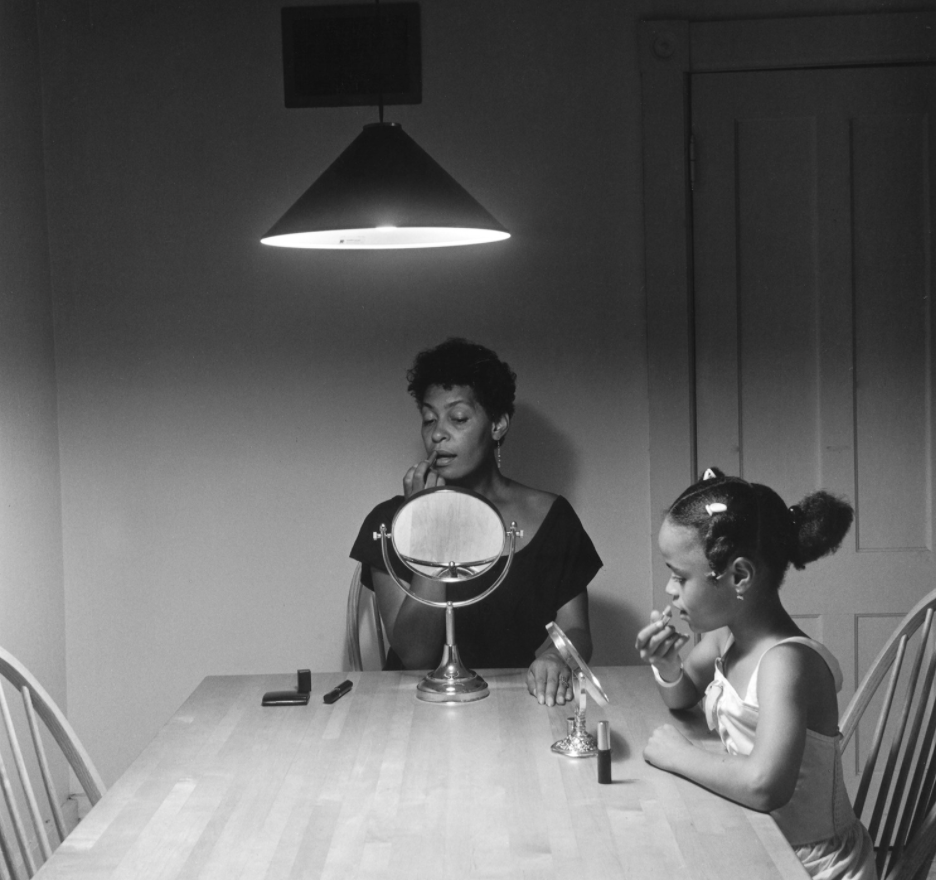
Several of the girls in Tillet’s photographs are a part of A Long Walk Home (ALWH), a nonprofit organization that uses the arts to empower young people to end gender-based violence. As the co-founder and Executive Director of ALWH, Tillet has been mentoring these girls for decades and in many instances handed them their first cameras.
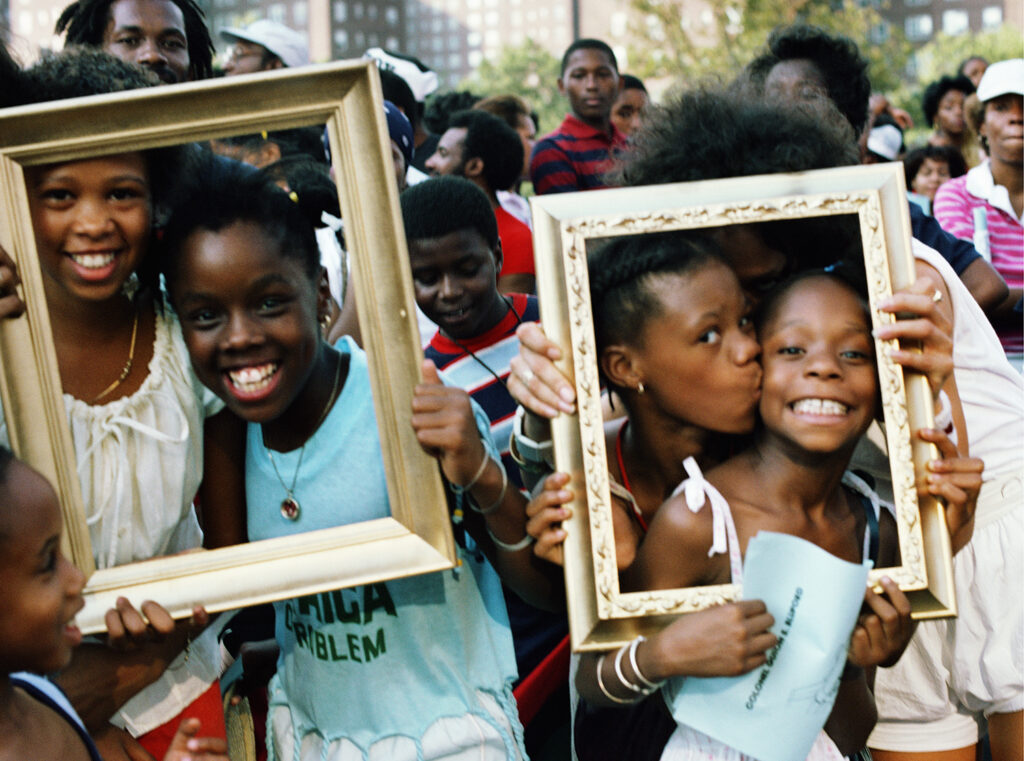
They appear on both sides of the lens. Walking through the gallery space on the second floor, the first image we see is of one ALWH leader, Angelina Cofer, whose Nineteen (2021) is juxtaposed with Doris Derby’s Rural Family Girlhood (1968) attesting to a tradition of activist photography in the Black community. Both girls draped over a bed speak to us from the intimacy of the bedroom.
A few steps away on the back wall of the gallery a royal procession awaits, drawing us in further. Tawny Chatmon’s It Was Never Your Burden to Carry depicts seven Black girls gilded in gold leaf, their luminous skin shining in multiple brown hues. That many of the images are self-portraits underscores how much the gaze matters in “Picturing Black Girlhood.” In Girls Loving Girls (2016) by Kellie Marty two girls stare at their faces in the mirror as they lovingly lean into one another. Seen only through the mirror, their intimate moment is reflected back to us. We look through their eyes, seeing them only as they see themselves..
In telling this gorgeous story of Black girlhood curators Tillet and Lopez-Diago have created a praise song for Black girls that resounds with beauty and possibility. These photographers and filmmakers entreat us to see Black girls as “subjects, agents and theorists of their own lives.” We bear witness to these girls and to the care, intimacy and collaboration that went into the entire exhibition. After two years in which there has been so much grief and loss due to the pandemic that disproportionately affected Black communities, this praise song is a welcome offering.
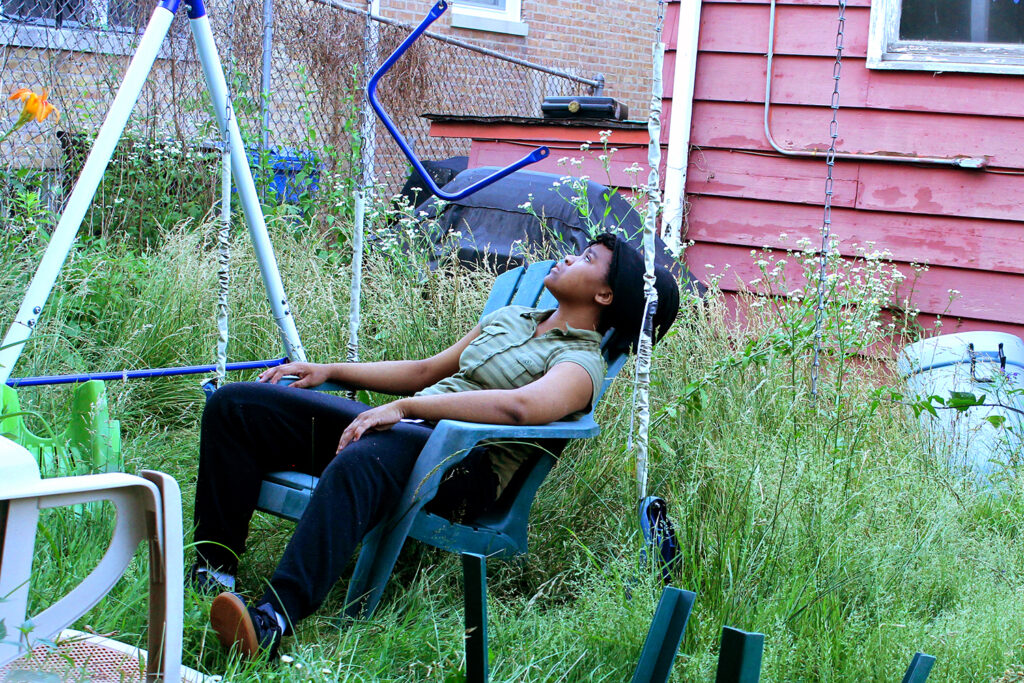
Up next:





